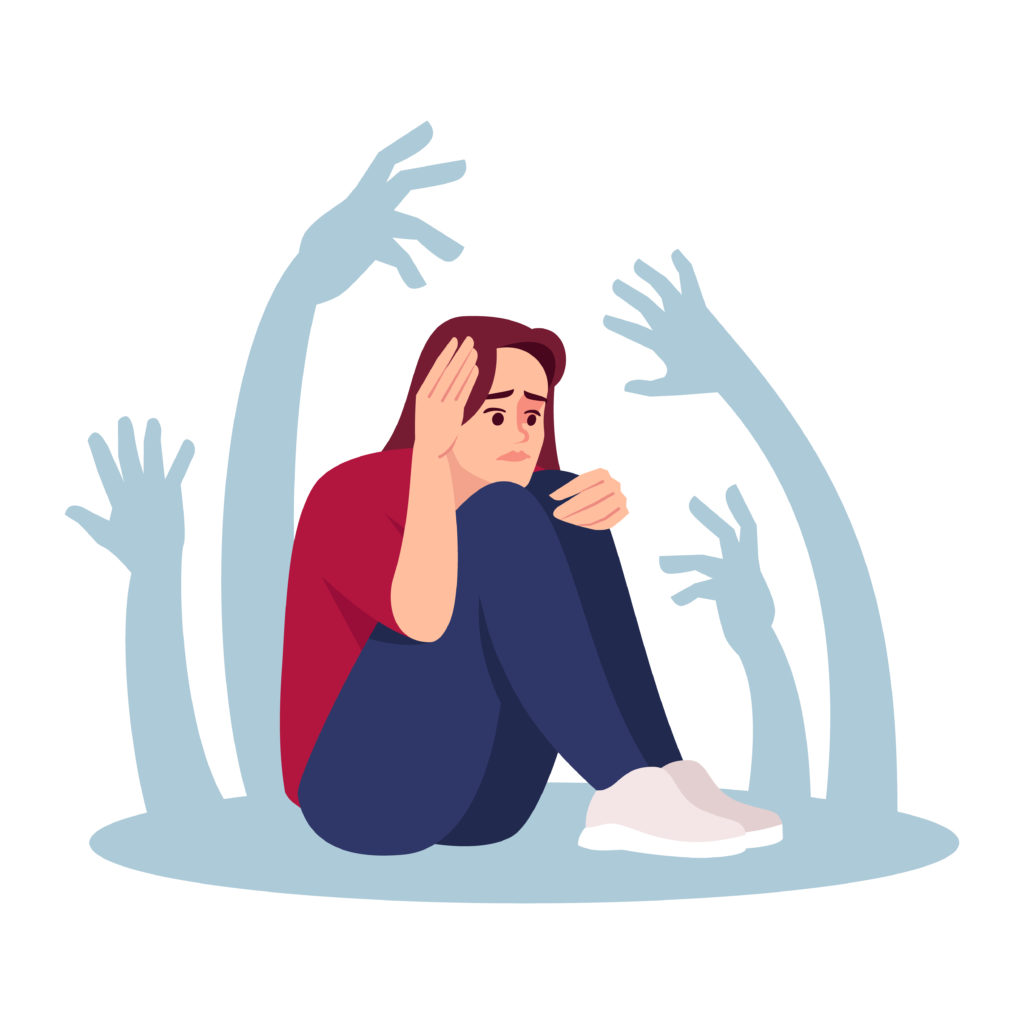Anxiety is aemotion very common and natural in all human beings and is essentially the same as an omen of danger.
The reaction cognitive (e.g. negative thoughts, anticipation of danger), physiological (e.g. breathing increased, muscle tension, tachycardia, increased sweating) and behavioral (e.g. avoidance) are the answers that our brain prepares to face the danger. It is important to distinguish, however, the fear, which is the emotional response to an imminent threat , real or perceived, while anxiety is thethe anticipation of a future threat. Of course, these two states overlap, but they are also different: fear is most often associated with peaks of physiological activation necessary to fight or to flee, while anxiety is most frequently associated with muscle tension and vigilance in preparation for future danger and prudent behaviour of avoidance.
How to manifest the anxiety disorders?
We talk about disorder when the anxiety becomes excessive or persistent and significantly affects the everyday life of an individual. Anxiety disorders are characterized by symptoms including intense fear, rimuginio, panic attacks, and difficulty concentrating. Those who suffer from an anxiety disorder often struggles in various areas of life: social, school or work and family. The disorder can lead to isolation from their loved ones, changes in appetite, increased irritability, and difficulty completing activities of daily living. Anxiety can manifest itself in the way physical through frequent tension headache, heart palpitations, nausea, dizziness, and even vomiting. In the childi, the anxiety disorders occur most often in the form of irritability, aggressiveness and complaints somatic.
A distinctive feature of anxiety includes frequent negative thoughtsthat can make individuals lower and worried about being judged negatively by others.
Many anxiety disorders develop in childhood and tend to persist when not treated. Most of it is more common in the female population, with a ratio of 2:1 compared to males.

What are anxiety disorders?
While the above symptoms are a general representation of “anxiety”, there are a variety of anxiety disorders that manifest themselves in different ways. Below are the main anxiety disorders classified in the DSM-5 (Manual of diagnostic and statistical of mental disorders – 5th and most recent edition).
In children
Separation anxiety disorder
Is characterized by fear or anxiety, excessive, and inappropriate to the stage of developmentcompared to the separation from the figures, to whom the individual is attached. There are fear or anxiety, persistent, relating to incidents that can happen to attachment figures, and events that can lead to their loss or separation from them; they can also be a reluctance to move away from them, nightmares and physical symptoms of distress when it occurs or is expected to separation.
Selective mutism
Characterized by a constant inability to speak in social situations in which we are expected to do so (e.g. at school), even if the individual proves to be able to do it in other situations.

In adults

Generalized anxiety disorder
Was continuous and persistent concern for different events, that is excessive in intensity, duration or frequency with respect to the actual circumstances, that are the events that are feared by the subject. Anxiety is defined as “generalized” because it is not limited to certain situations, but, on the contrary, many events and situations.
Specific phobias
Include anxiety and intense for specific elements as elevation, flight, certain animals, receiving an injection, or see the blood.
Social phobia
This disorder is characterized by fear or anxiety, marked, related to one or more social situations in which the individual is exposed to possible rating by other. The individual is afraid to act in a way or show anxiety symptoms such, from being negatively evaluated.
Panic disorder
Individuals who suffer from it have panic attacks recurrent unexpected, feeling concern for the time when you will experience the next. Panic attacks are sudden attacks of intense fear that occur rapidly and may include hyperventilation, shaking, fast heartbeat, sweating, and feeling of being out of control.
Hypochondria
(or Anxiety Disorder related to health)
Disorder characterized by excessive concern due to the fear of being able to contract a disease or a belief to be suffering from a serious disease, based onmisinterpretation of signs and symptoms physicaldespite an objective medical assessment identifies sufficient reasons to justify such fears, or beliefs.
How to treat anxiety disorders at the Centre Tice?
Each path of the intervention part from a complete and thorough evaluation, which allows you to individualize therapy, narrow down the elements that trigger and maintain and define the objectives.
OUR INTEGRATED APPROACH TO the TREATMENT OF ANXIETY DISORDERS INCLUDES:
- PSYCHOEDUCATION
- SOCIALIZATION
- COGNITIVE-BEHAVIORAL THERAPY (CBT)
- SUPPORT PARENTAL
- LIFE SKILLS TRAINING
- MINDFULNESS
Often, individuals may feel lost and have very little knowledge of how it has an anxiety disorder. Know the important information about the disorder it serves to support and enhance the users and their families.
In the treatment of anxiety Disorders, cognitive-behavioral therapy has amply demonstrated its effectiveness, both at the individual and group level. This therapy focuses on helping people change thoughts, behaviors, and emotional responses negative-associated anxiety, as well as guide them in gradual exposure and systematic approach to the situations or stimuli anxiogenic. Individuals will learn to communicate with words instead of through behaviour, to develop the skills of emotional regulation that will enable them to tolerate feelings previously overwhelming and to have a better understanding of themselves and of the reasons which lead to choices of life that is more adaptive and healthy.
WANT TO KNOW MORE ABOUT COGNITIVE BEHAVIOURAL THERAPY CLICK HERE.
Depending on requirements, we offer support parental for young patients with a diagnosis of anxiety disorder. The psychological counseling helps family members to develop the emotional impact of having a loved one with a diagnosis of anxiety, and explores the how can better support them. Is provided information on the ways to communicate and to put limits effective and loving.
Mindfulness is a meditative practice that consists in the pay attention to the present moment with an attitude that is friendly and non-judgmentalby helping to mull less on the past and worry less about the future. In the course of the last thirty years, numerous studies have demonstrated the effectiveness of the practice of mindfulness in clinical settings, in particular for the treatment of anxiety disorders. To TICE, we propose individual paths or in a group to raise awareness through meditation.
Mindfulness is a meditative practice that consists in the pay attention to the present moment with an attitude that is friendly and non-judgmentalby helping to mull less on the past and worry less about the future. Programs, cognitive-behavioral, integrating the mindfulness approach (MBCT), help patients better tolerate the painful emotions and to take away from one's own thoughts negativthe, and are especially useful in the relapse prevention. To TICE, we propose individual paths or in a group to raise awareness through meditation.
You respect in one of these descriptions?
You seem to see a relative or a friend of yours?
Contact us through the form


The people who are struggling with the symptoms of anxiety isolate themselves from others, to be in difficulties in social situations or have low self-esteem. Our team recognizes the the healing power of being part of a group, and offers specific training on social skills, both at the individual and group level. In childhood and adolescence, the Centers TICE act as a sheltered environment in which to experiment with social skills, being frequented by many children, and kids that learn to communicate in a constructive and positive manner. Very often, in fact, our classrooms become places in which to simultaneously develop organizational skills and study skills, but also ways of communicating and spending time with others in a healthy way.